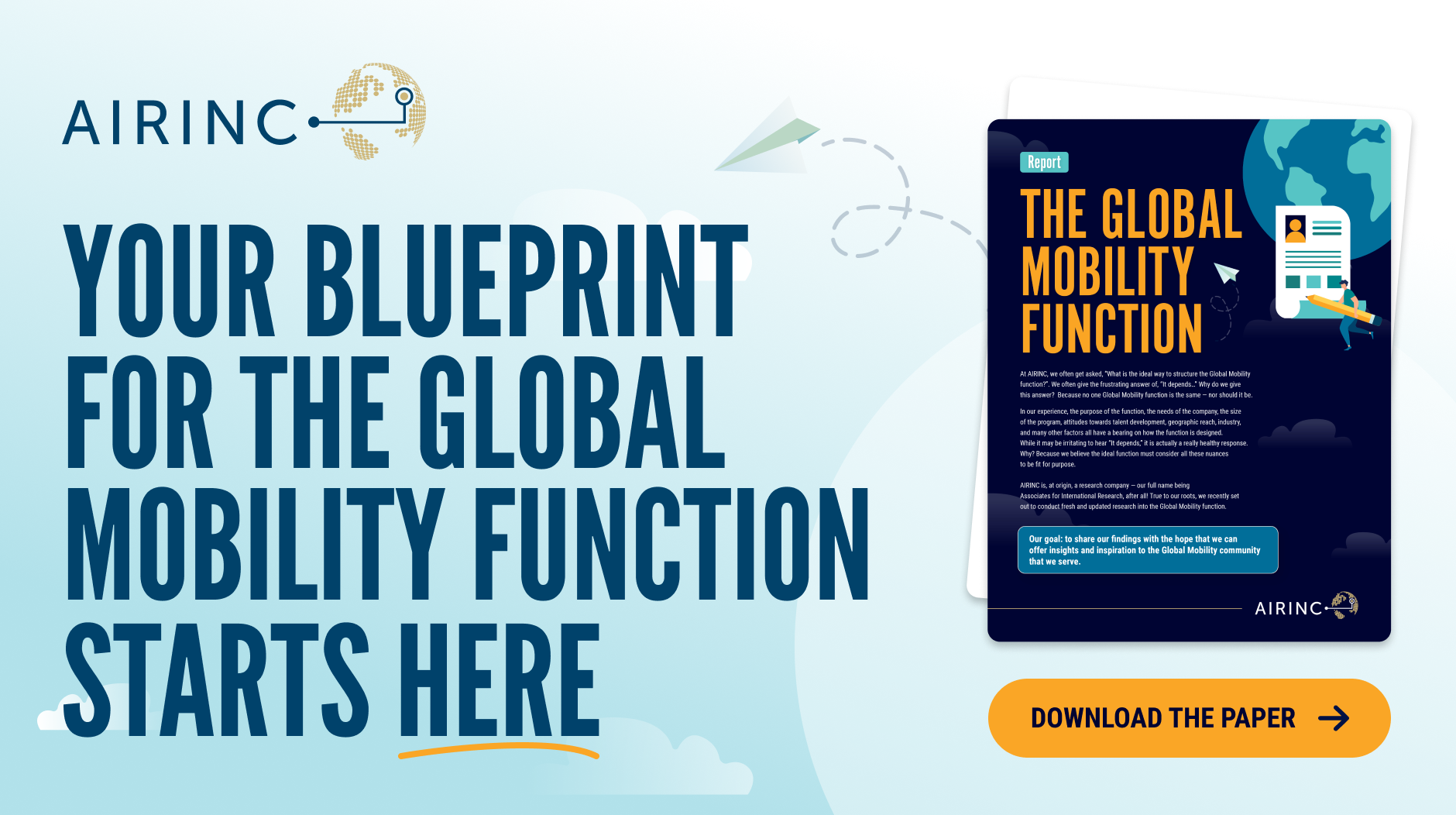In today’s global business landscape, organizations no longer expand simply by opening new offices — they expand through people. The most forward-looking companies see talent not as a fixed resource bound by geography, but as a dynamic asset capable of driving growth wherever opportunity arises.
One company I’ve been working with in APAC recently captures this mindset perfectly. Their ambition is bold: to become one of the top five in their industry globally. Rapidly scaling beyond their home market, they view global expansion not just as an outcome but as a capability — one that depends on how intentionally and effectively they mobilize their talent.
Intentionality Over Activity
In discussions with their leadership team, one message stood out clearly: mobility must be intentional. The Chief Human Resources Officer (CHRO) emphasized that success in international assignments isn’t just about how many people move, but about how those moves align with the company’s strategic priorities. Mobility, in their view, is not a perk or process — it’s a tool for business transformation.
This intentional approach challenges a common practice many organizations fall into — moving people reactively without clear purpose or measurement. As the leadership team put it, “We can’t just spend money on mobility without understanding the costs, value, and purpose behind it.”
Building a Strategic Mobility Mindset
To achieve their ambition, this company recognizes that every assignment needs to have a defined objective and measurable success criteria — whether it’s leadership development, market entry, or technical capability building. As they look to establish a talent-aligned global mobility program, they focus on measuring assignment outcomes, tracking repatriation success, and evaluating the return on investment not only in financial terms but in talent outcomes — who is promoted, who stays, and who leads new markets.
Equally important, they highlight the importance of accountability at the leadership level. Senior leaders are expected to support mobile talent, ensuring their development and post-assignment reintegration are actively managed. This leadership ownership is what transforms mobility from a transactional process into a strategic enabler of growth.
Bridging Ambition and Scale
As an APAC-based company with global aspirations, they also face a familiar tension: the desire to act like a global enterprise while still scaling the foundational capabilities that established multinationals have refined over decades. That’s where strategic investment in mobility becomes essential — not in the volume of moves, but in the quality and purpose of each one.
By focusing resources on the right people, the right roles, and the right destinations, they are building mobility not as an expense, but as a strategic differentiator. It’s a shift from “how many” to “why,” from “sending” to “developing,” from “policy administration” to “talent acceleration.”
The Future of Talent Mobility
This company’s journey underscores a larger truth: as organizations look to grow globally, mobility can no longer sit at the periphery of talent strategy. It must be woven into workforce planning, leadership development, and business expansion discussions from the start.
When mobility is intentional, measured, and supported from the top, it becomes more than a logistical exercise — it becomes a strategic engine for growth. And for companies aiming to compete on the global stage, that intentionality may just be what sets the top five apart from the rest.


%20(93)%20(1).png)



%20(9)-1.png)

